#funerary art
Text


Title (name): Chasuble with appIication - symbols of death
1740-1760
National Museum Krakow
4K notes
·
View notes
Photo
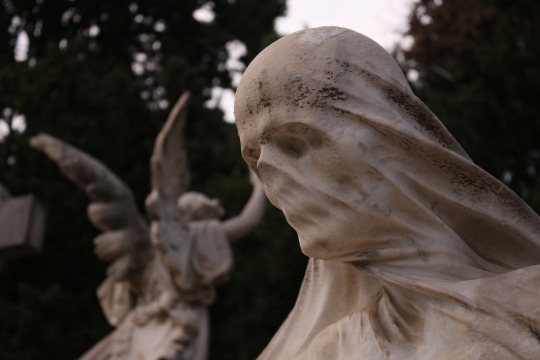
Cementiri de Montjuïc, Barcelona, 18/10/22
#cementiri#montjuïc#barcelona#catalonia#catalunya#photo#photography#photographers on tumblr#funerary art#sculpture#marble#stone#statue#funerary statue#funerary aesthetic#aesthetic#aesthetics#contrast#skeleton#skull#halloween#samhain#samaín#grave#graveyard#tomb#sepulchre#one of my best photos#i'm glad i've been in front of this exact statue#i've seen it before on tumblr
7K notes
·
View notes
Text

Burial monument in bronze. Staglieno Cemetery, Genoa, Italy circa 1904
1K notes
·
View notes
Text

Funeral Barbie diorama by Paolo Schmidlin. From his collection of vintage Barbies, part ofthe "Barbie Around the World" exhibit at the Barbara Frigerio in Italy
#Barbie#goth barbie#gothic#goth#goth aesthetic#barbenheimer#vintage barbie#spooky#funeral#art#toy collector#barbie collector#undertaker#caskets#party coffin#halloween#funerary art#funerals#hearseposting#hearse
2K notes
·
View notes
Text

Head of a funerary couch, in the shape of Ammit 😛
Ammit is a celestial beast who bestows final judgement on the deceased and devours the unjust in the court of Osiris.
Populalrly depicted in funerary texts like the Book of the Dead, Ammit is usually a combination of a crocodile's head, the front legs of a lion, and the hindquarters of a hippopotamus.
Found among three ritual funerary couches in Tutankhamun's antechamber and made of stuccoed gilded wood with each animal's eyes inlaid with colored glass paste, this particular couch is variedly composed of a curiously different configuration: a hippopotamus' head wearing a wig, a leopard's body, and a crocodile's tail and crest
#art#weird#archaeology#sculpture#ancient#ancient art#tutankhamen#tutankamon#ancient egypt#egyptology#egypt#egyptian art#ancient egyptian art#funerary customs#funerary art#book of the dead#ammit#kemetic#ancient kemet#kemet
558 notes
·
View notes
Text
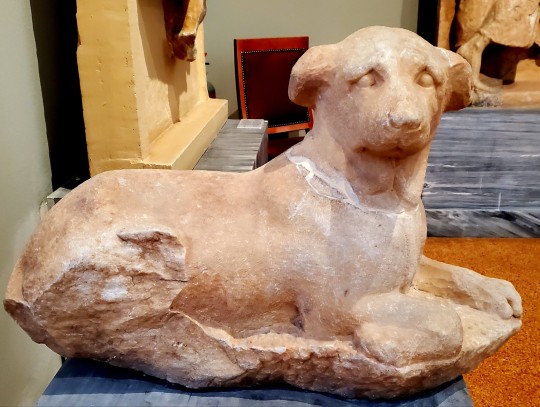
Funerary Statue of a Dog, Pentelic marble, Piraeus (Athens, Greece), c. 375-350 BCE
currently in the collection of the National Archaeological Museum (Athens, Greece), accession no. 3574
this statue is often interpreted as the faithful guardian of the deceased human entombed below him
#archaeology#art#classical archaeology#isaac.jpg#greek#hellenistic#piraeus#funerary archaeology#funerary art#animal figures
544 notes
·
View notes
Text

x
#moss#graveyard#cemetery#gravestones#taphophilia#headstone#grave#green#Burial Ground#taphophile#Dalquharran#funerary art#woodland#dailly#spooky season#mosscore#forestcore#historic site#cemeteries#tombstones#gravestone#old#moss covered#moss covered graveyard#moss covered tombstones
170 notes
·
View notes
Text
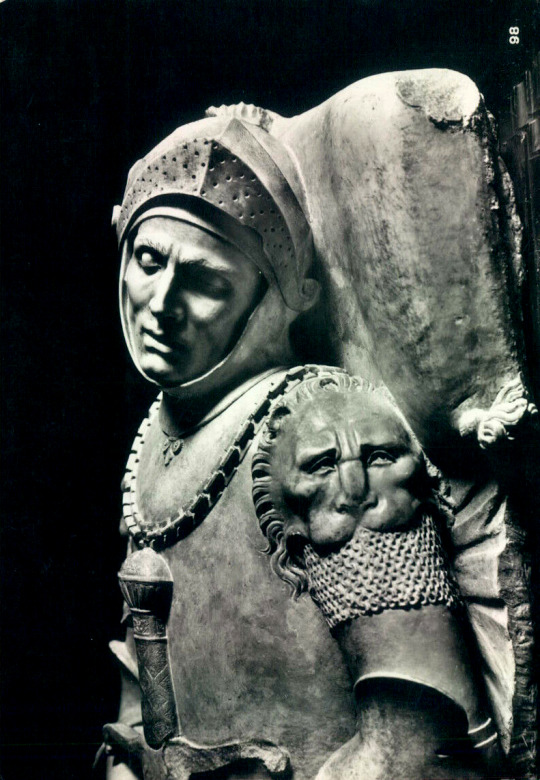
Guidarello Guidarelli, condottiero in the service of Cesare Borgia. Funerary art attributed to Tullio Lombardo, circa 1525.
#dark aesthetic#dark art#classical art#funerary art#renaissance art#knightcore#renaissance#goth aesthetic#gothic#dark romance#16th century#dark#tombstone#gloomy#knighthood#dark academia#darkest academia#romanticism
61 notes
·
View notes
Text
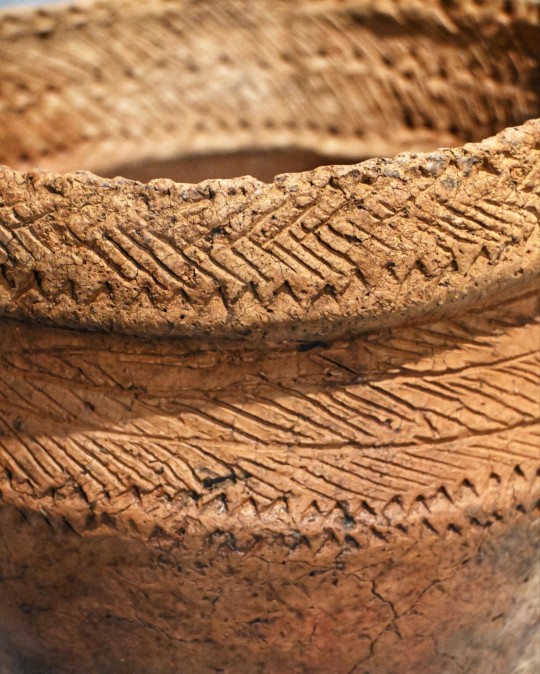
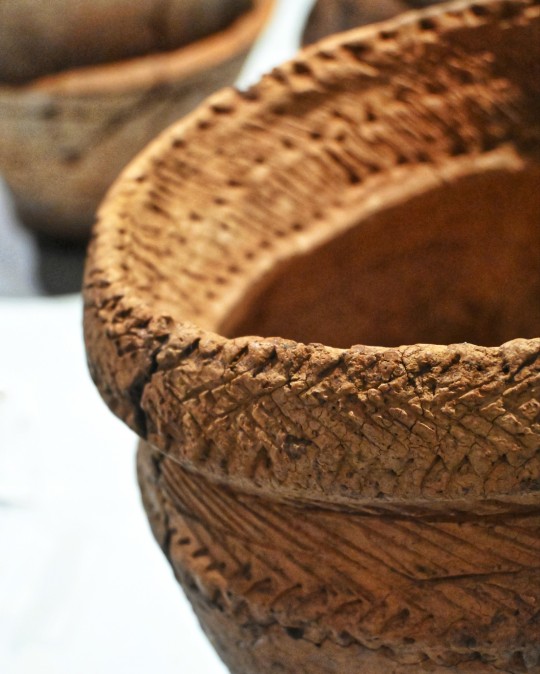
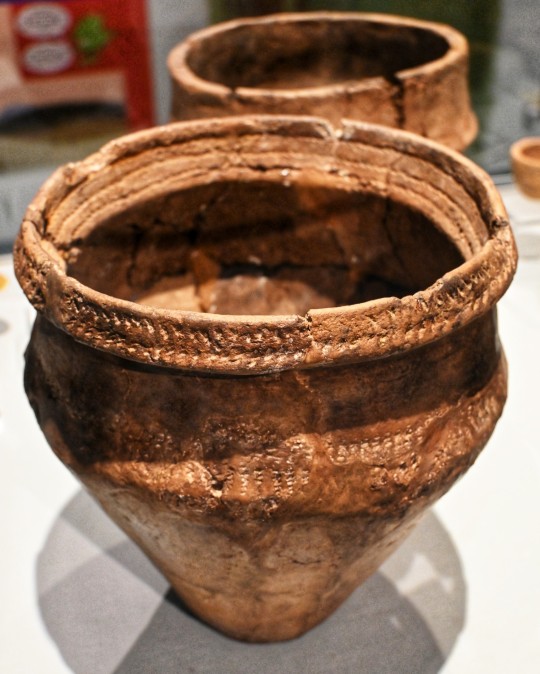

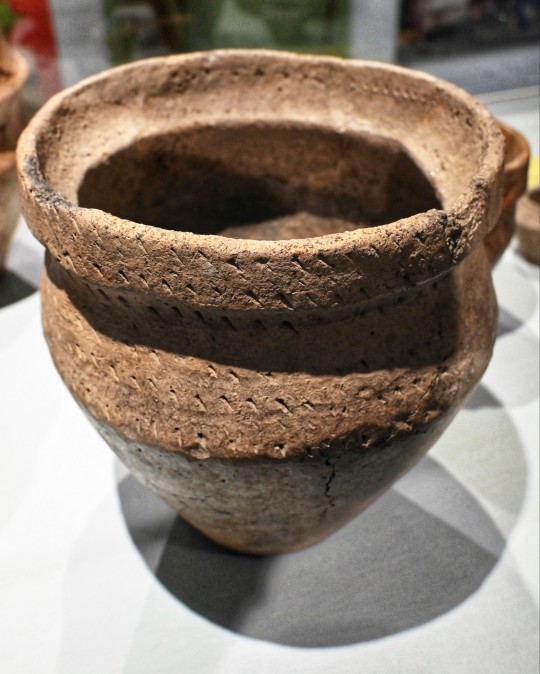

Prehistoric Pottery Selection 4, Oriel Ynys Môn, Llangefni, Anglesey, Wales
#ice age#stone age#bronze age#copper age#iron age#neolithic#mesolithic#calcholithic#paleolithic#archaeology#prehistoric#prehistory#beaker#urn#funerary art#ancient craft#ancient living#ancient cultures#pottery fragments#ritual#ancient design
115 notes
·
View notes
Text

This is one of the only terracotta warriors that was found almost completely intact.
Note the detail on the bottom of his shoe, showing that grip and traction were considered in footwear even 2,200 years ago.
Each life-sized clay warrior was crafted to be completely unique and there are no two terracotta warriors-among the 8,000 total—that are exactly the same.
Shortly after the completion of the tomb in 210-209 BC, it was looted for weapons and burned, causing the roof to collapse, crushing the terracotta warriors.
All the other terracotta warriors that are currently on display were painstakingly restored.
What's even more remarkable is that the terracotta warriors were originally painted in bright colors by skilled artisans.
Unfortunately, when they were exposed to air and sunlight during the excavation in the 1970s, the colors began to curl up almost immediately and disappeared within minutes.
These terracotta warriors were put in place to guard the tomb of the first emperor of unified China — Qin Shi Huang (18 February 259 BC – 12 July 210 BC).
To this day, the tomb has yet to be opened.
According to ancient historians, the tomb contains an entire kingdom and palace in which the ceilings are decorated with pearls to mimic the night sky.
The tomb is also said to contain extremely rare artifacts and has been rigged with crossbows to shoot anyone trying to break in.
To keep its location a secret, the workers were entombed with the emperor.
As described by Han dynasty historian Sima Qian (145-90 BCE) in the Records of the Grand Historian, he mentioned that inside the tomb, "mercury was used to fashion the hundred rivers, the Yellow River and the Yangtze River, and the seas in such a way that they flowed."
Modern tests have indicated extremely high levels of mercury in the surrounding soil.
#Qin Shi Huang#terracotta warriors#Qin Dynasty#China’s First Emperor#clay warrior#Terracotta Army#Mausoleum of the First Qin Emperor#funerary art#Ancient Chinese Warfare#military power#terracotta sculptures#Shaanxi#China
121 notes
·
View notes
Text

Funerary loculus slab with names of Antigona and Aristopolis (c. 300–250 BCE), Alexandria, Egypt. (wikipedia)
109 notes
·
View notes
Text

Finchley, London; 15.4.2023
#photography#photographers on tumblr#dubmill#London#Finchley#England#UK#Britain#churchyard#cemetery#St Mary-at-Finchley#funerary art#statue#original photography#original photograph#walk#New Southgate to Stirling Corner#2023#15042023
133 notes
·
View notes
Text
#InternationalSnowLeopardDay: The mythical winged snow leopard on the mountain, now a national symbol of Kazakhstan.

badge from The Golden Warrior burial
Issyk kurgan, ca. 4th-3rd c. BCE
stamped & engraved gold 7.2 × 8.5 cm
National Museum of of the Republic of Kazakhstan collection
#Kazakh art#Central Asian art#Asian art#National Museum of the Republic of Kazakhstan#Golden Man#Golden Warrior#Winged Snow Leopard#Snow Leopard#feline#ancient art#gold#metalwork#funerary art#Snow Leopard Day#International Snow Leopard Day#animal holiday#animals in art#Issyk kurgan#Kazakhstan#national symbol
82 notes
·
View notes
Photo

Fragment of a mummy case, 1070BC-760BC, Egypt.
150 notes
·
View notes
Text
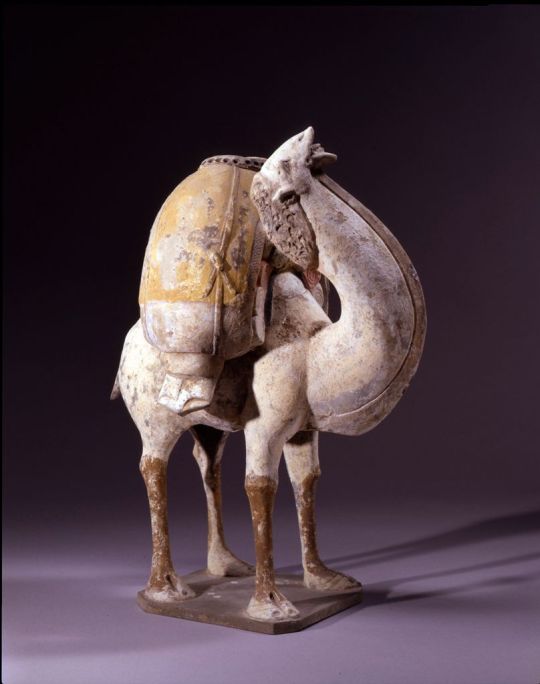
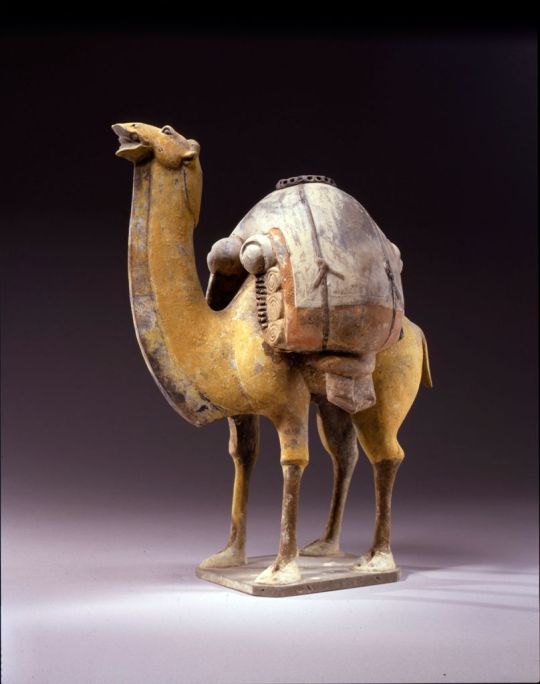


~ Two Standing, Braying Camels, One Buff, One White, Their Backs Laden with Goods.
Date: A.D. 550-577
Period: Northern Qi
Place of origin: East Asia, China
#6th century#art#history#asian arts#china#Chinese#funerary#funerary art#museum#archeology#archaeology#funerary sculpture#camel#camels#northern qi#a.d. 550#a.d. 577
1K notes
·
View notes
